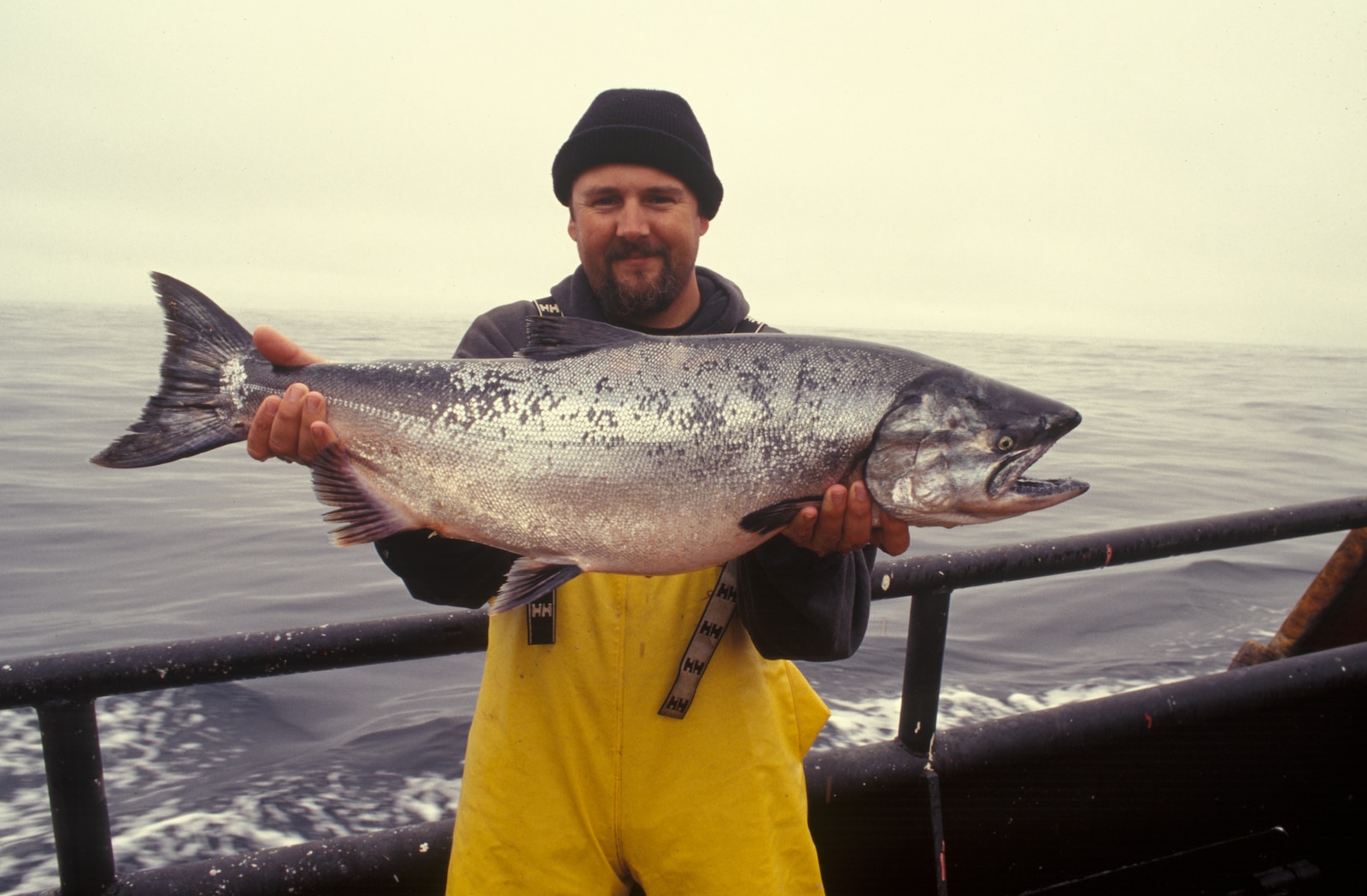Table of Contents
ToggleAtlantic Salmon Populations Decline as Waters Warm
Atlantic salmon are an iconic species in Canada, but their populations have been declining for decades. One of the main threats facing Atlantic salmon is warming water temperatures. As the climate changes, rivers and streams are becoming warmer, making it more difficult for salmon to survive.
New Effort Underway to Artificially Cool Rivers and Streams
In an effort to save overheated fish, a new project is underway to artificially cool Canada’s rivers and streams. The project is led by doctoral candidate Kathryn Smith, who has developed two methods for cooling the water:
Redirecting a portion of a river’s flow through an underground trench: This method allows the water to cool off before it flows back into the main stream. It is a passive technique that cools water temperatures by just a few degrees, but it can provide a temporary haven for fish to congregate and cool off.
Actively pumping cold groundwater from wells into rivers: This method can cool the water by as much as 20 degrees Celsius. It is a more active approach, but it is also more effective at cooling the water.
How Do the Artificial Cooling Methods Work?
The first method of artificial cooling works by redirecting a portion of a river’s flow through an underground trench. The trench is designed to be long and winding, which allows the water to cool off as it flows through. The cooled water then flows back into the main stream.
The second method of artificial cooling works by actively pumping cold groundwater from wells into rivers. Groundwater is typically much colder than surface water, so it can be used to cool down rivers and streams quickly and effectively.
What Are the Challenges of Artificial Cooling?
There are a number of challenges that need to be addressed before artificial cooling methods can be widely applied. One challenge is that pumping groundwater into rivers can alter the water chemistry and lower water oxygen levels. It is also important to ensure that artificial cooling systems do not accidentally introduce contaminants into the river system.
Another challenge is that fish need to be able to find and utilize artificial cold patches. If they do, they are likely to congregate in large groups, which could make them more vulnerable to overfishing.
Why Is This Work Important?
Atlantic salmon are an important part of the Canadian ecosystem and economy. They are also a popular recreational fish. The decline in Atlantic salmon populations is a serious concern, and artificial cooling methods could play a role in helping to protect them.
What’s Next for the Project?
The next step for the project is to scale up the experiments and apply them to other sites across the region. Smith is also working with scientists, government agencies, and Indigenous communities to develop guidelines for the use of artificial cooling methods.
Conclusion
The artificial cooling of rivers and streams is a promising new approach to protecting fish from warming waters. However, there are still a number of challenges that need to be addressed before these methods can be widely applied. With further research and development, artificial cooling methods could play an important role in helping to conserve Atlantic salmon and other fish species that are threatened by warming waters.







